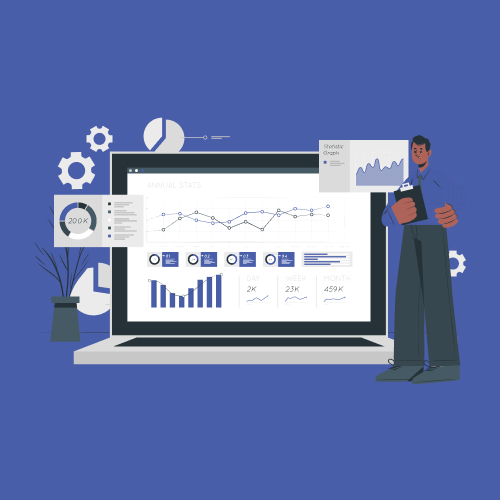The market for HR automation software is expanding as AI, mobile self-service, and compliance automation reshape HR operations. HR automation software digitises repetitive processes—recruiting, onboarding, time tracking, payroll, and analytics—into centralised platforms.
Selecting the right HR automation tool affects productivity and ROI by reducing administrative burdens and enabling strategic focus. This guide covers top solutions, core features, pricing models, AI capabilities, and SMB-centric deployment strategies.
Why HR automation matters today

Efficient HR automation solutions empower teams to focus on people-centric initiatives while ensuring consistency and data integrity. Organisations adopting automated HR systems report faster processing times and higher employee satisfaction.
- Centralise HR workflows to save ~14 hours/week
- Evaluate tools by usability, features, integration, and cost
- Industry estimates suggest AI can automate a significant share of tasks
- SMB-focused solutions offer affordability and scalability
- Begin by automating core tasks: time & attendance, onboarding, payroll
Understanding HR automation software
Core modules of automated HR systems include recruiting, onboarding, time & attendance, payroll, and analytics. Point solutions address specific tasks—applicant tracking or attendance—while all-in-one platforms unify workflows, data, and reporting.
Point vs. Platform
| Aspect | Point Solution | All-in-One Platform |
|---|---|---|
| Focus | Single module | End-to-end HR |
| Integration | Custom APIs | Native connectors |
| Scalability | Limited | High |
Emerging trends include mobile-first interfaces, AI chatbots for self-service, and automated compliance workflows localised by region.
Choosing the right HR automation software for your business
Define selection criteria:
- Usability: intuitive UI, mobile access
- Features: core modules, AI capabilities
- Integration: compatibility with existing HRIS and payroll
- Support: vendor SLAs and training resources
Vendor Evaluation Checklist
- Demo functionality against real workflows
- Assess implementation timelines
- Validate data migration processes
- Gather stakeholder feedback
Estimate total cost of ownership by accounting for subscription, onboarding, training, and support.
Pricing models of HR automation software
- Per-employee: cost scales with headcount
- Tiered bundles: feature-based pricing
- Usage-based: charges for API calls or workflows
- Free vs. paid tools: free tiers often limit support and customisation
- Hidden costs: data migration, premium add-ons, and setup fees
- Negotiation tips: annual contracts and volume discounts
AI-powered and mobile-first innovations
- Automation workflows for HR requests and approvals
- Advanced analytics dashboards for data-driven decisions
- Mobile attendance tracking with biometric options
- Employee self-service portals for lifecycle management
- Predictive analytics for workforce planning
These features drive efficiency, enhance productivity, and improve decision-making.
Integration capabilities with HRIS and Payroll
- API availability vs. native connectors
- Best practices for data synchronisation
- Handling multi-currency and global payroll compliance
- Cross-system workflow automation (HR, finance, IT)
Implementing HR automation on a limited budget
Phased Implementation Plan
- Start with free or low-cost modules (time & attendance)
- Leverage vendor training and peer communities
- Track quick wins to secure further investment
- Adopt a phased rollout to minimise risk
First HR tasks to automate for maximum impact
- Time and attendance tracking
- Leave and absence management
- Employee onboarding checklists
- Expense claims processing
- Basic payroll calculations
Ensuring data security in HR automation tools
- Compliance: GDPR, SOC 2, ISO 27001
- Encryption: at rest and in transit
- Role-based access control and audit trails
- Vendor security assessments and SLAs
The role of AI in HR automation
AI use cases in HR
- Chatbots for employee queries
- Predictive analytics for turnover forecasting
- NLP for resume screening
- Continuous learning to improve AI accuracy
Predictive analytics for workforce planning
- Clustering leave and absenteeism patterns
- Modelling hiring velocity and conversion rates
- Forecasting staffing gaps and overtime costs
- Visual dashboards aligning HR strategy with business goals
Scaling HR automation for future success
Selecting and deploying hr automation software requires clear criteria, pilot testing, and stakeholder alignment. Continuous optimisation and ROI measurement ensure long-term value.
Begin with core modules, gather feedback, and iterate to scale. Consider MiHCM solutions—Lite, Enterprise, and AI-powered modules—to future-proof your HR operations.
Next steps and resources
- Schedule vendor demos
- Run small-scale pilots
- Collect stakeholder feedback
- Plan phased rollouts



